From September 2, 2021 to February 13, 2022, MUDEC in Milan will host the exhibition Disney. Larte di raccontare storie senza tempo, which aims to tell the public about the creative process by which Disney works are born. Behind the typical immediacy of the artistic result hides, as often happens in the world of art, a creative research work that lasts years, generally unknown to those who listen to these stories: it is to illustrate this process that the exhibition was created.
Walt Disney ’s innovative creative approach to storytelling created some of the most beautiful and famous films of the 20th century, including Snow White and the Seven Dwarfs, Pinocchio, and Fantasia. The exhibition features valuable original works from the Disney Archives of these immortal feature films and other celebrated Walt Disney Animation Studios films, including Hercules and The Little Mermaid to the most recent animated film Frozen 2 The Secret of Arendelle, created by a new generation of artists and filmmakers still deeply inspired by Walt Disney’s legacy. The exhibition, promoted by the City of Milan-Cultura and produced by 24 ORE Cultura-Gruppo 24 ORE, curated by the Walt Disney Animation Research Library, with the collaboration of Federico Fiecconi, historian and critic of comics and animated films, offers a path with a triple key. This itinerary tells the visitor about Walt Disney’s masterpieces by tracing the stories we are all used to knowing in the Disney version back to the ancient matrices of epic tradition: these are the myths, medieval legends and folklore, fairy tales and fables that have constituted for centuries the archetypal narrative heritage of the world’s different cultures, a true melting pot between different continents. These are also the thematic sections of the exhibition, in which the most famous stories from which Disney films were made are placed and are presented in a narrative key through the display of preparatory sketches of creative research, focused on the exploration of characters, settings and narrative plots.
 |
| Jin Kim, Frozen 2 The Secret of Arendelle, Concept Art (2019; digital drawing on paper) |
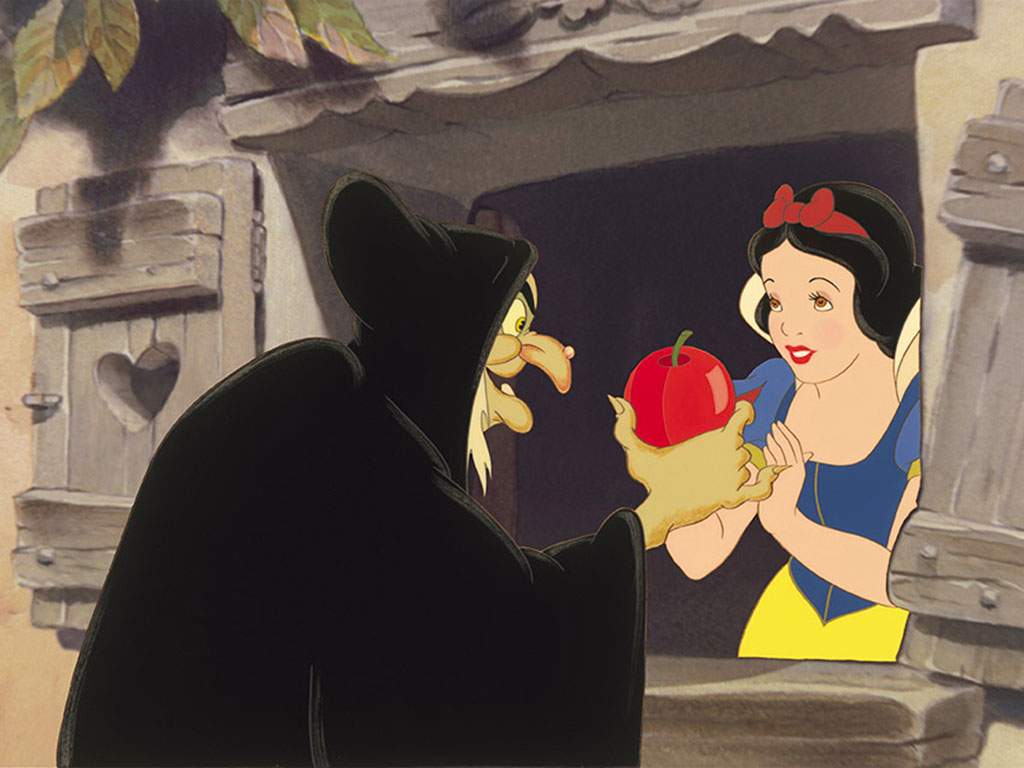 |
| Disney Studio Artists, Snow White and the Seven Dwarfs, Composition with acetate (1937; ink and paint on acetate and gouache on paper, reproduction of original) |
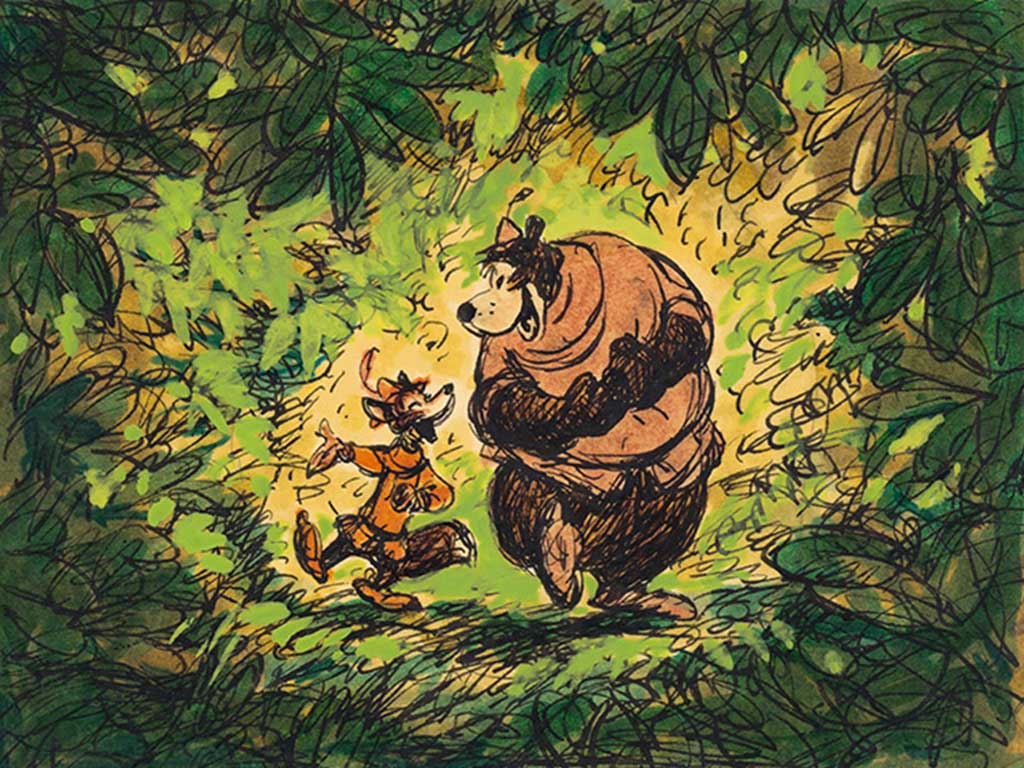 |
| Disney Studio Artist, Robin Hood, Concept Art (1973; Gouache, marker and ink on paper) |
The great innovative effort of Disney’s artists was in fact (and still is today) to bring these stories to the cinema using different artistic tools, from hand-drawing (a founding element of the work in the Studios) todigital animation, in order to capture the essence of ancient fairy tales and revitalize them, updating their universal value. In fact, animation is an artistic medium that allows different narratives to be represented with immediacy. From the very beginning, Walt Disney and his team worked on these themes, giving human aspects and feelings to the animals and objects of fairy tales, to the fairies and dwarves of fairy tales, with such naturalness and verisimilitude that they quickly achieved planetary success. With a very detailed study of human and animal behavior, Disney artists over the years created such universally known characters as Mickey Mouse and Donald Duck. Myths and legends of gods and heroes, animal fairy tales, tales of knights, witches, wizards and princesses take on cartoon features: from Robin Hood to The Sword in the Stone to The Three Little Pigs, from Hercules to Pinocchio, Snow White and the Seven Dwarfs, Sleeping Beauty, Cinderella,
While the symbolic value of the stories over the decades has remained intact, it is the production techniques that have evolved. This is the second key to the exhibition’s journey, which tells the public how an animation masterpiece is born, the behind-the-scenes look at some of the greatest danimation films of all time by Disney, getting to the heart of the studio and artistic process. In fact, it takes months and years of work by an entire team coordinated by a director to produce a danimation film: a slow, continuous and very meticulous creative process that, from an initial idea, builds an entire film through thousands of images that gradually come to life. In the exhibition, visitors will be able to walk through the entire creative process behind the scenes of a Disney story. It starts with an idea, a story concept, and a narrative plot is developed. Characters are then created. Each individual character who will animate the story is “visualized” by Disney creatives and, even before our hero (or villain, or sidekick) has the face and features we are used to recognizing in the film, their eyes, hair, clothing and most iconic movements are imagined, resulting in sheets and sheets of preparatory sketches and three-dimensional maquettes in which the character slowly comes to life. The team’s work is supervised by an art director. Using the same creative process and under his guidance, the settings are defined. A variety of artistic techniques are used (involving graphite drawing, colored pencils and crayons, charcoals, watercolors, tempera, acrylics, collages): computer graphics, which today assists in the study and realization of the scenes of a film, is only levolution of those traditional techniques, and mainly concerns the subsequent steps of animation and coloring, which are now carried out by digital processes. By transforming hundreds of thousands of images one after another into frames, the film is created.
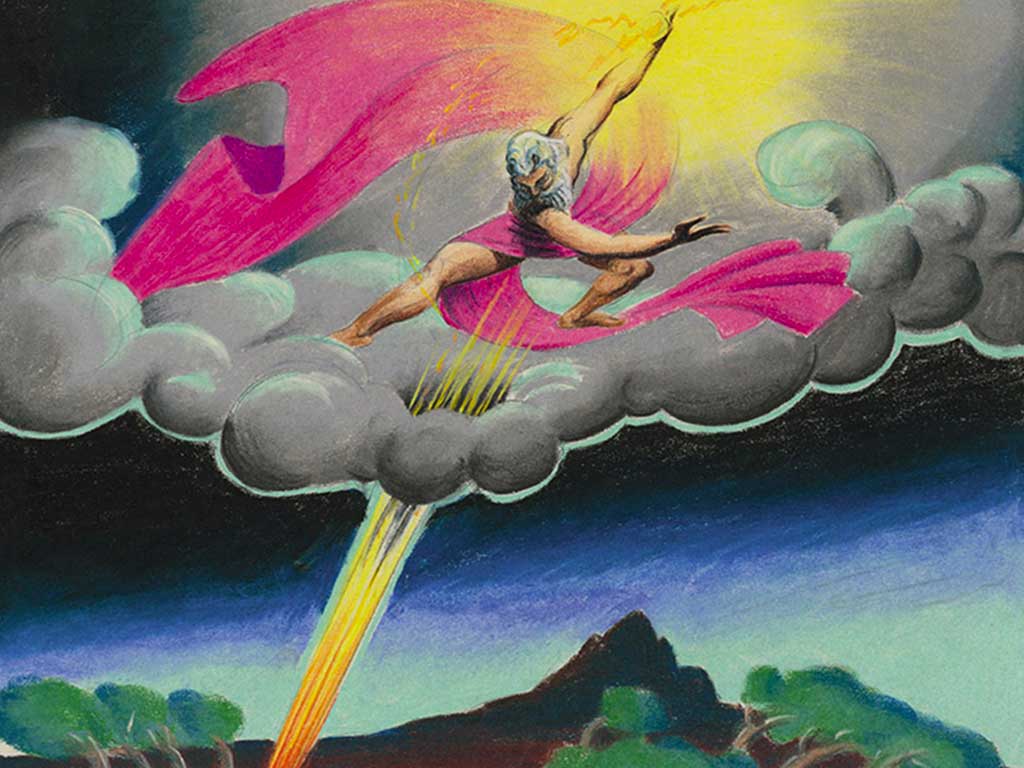 |
| Disney Studio Artist, Fantasia: Pastoral Symphony, Concept Art (1940; pastel and colored pencil on paper) |
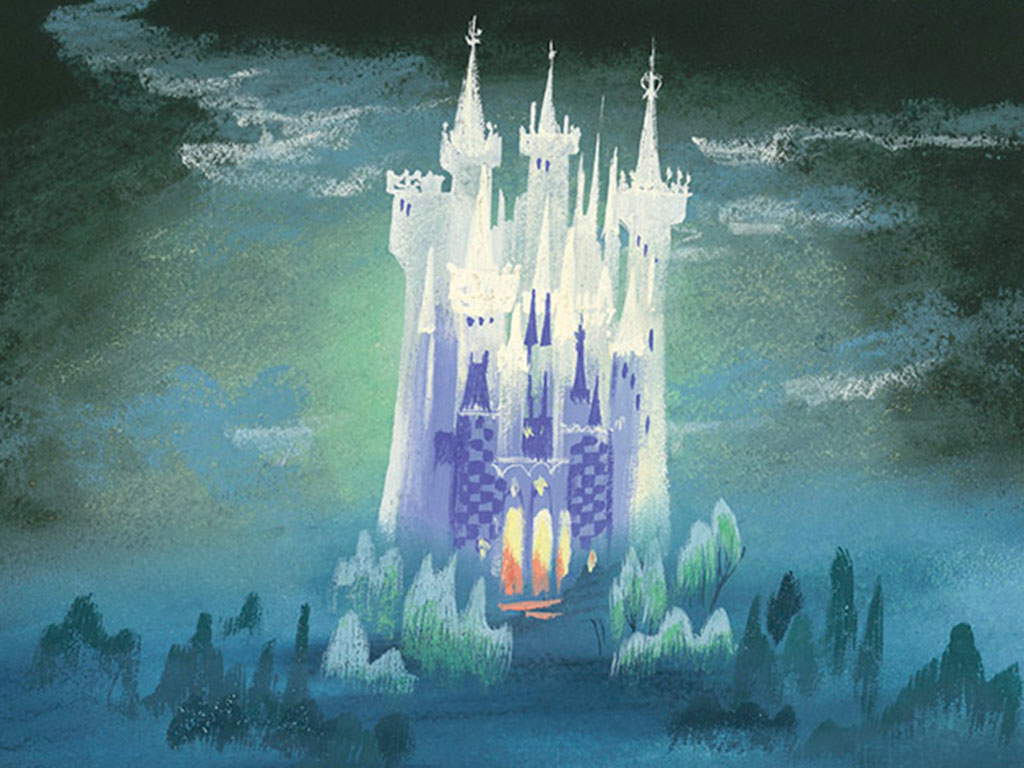 |
| Mary Blair, Cinderella, Concept art (1950; gouache on paper) |
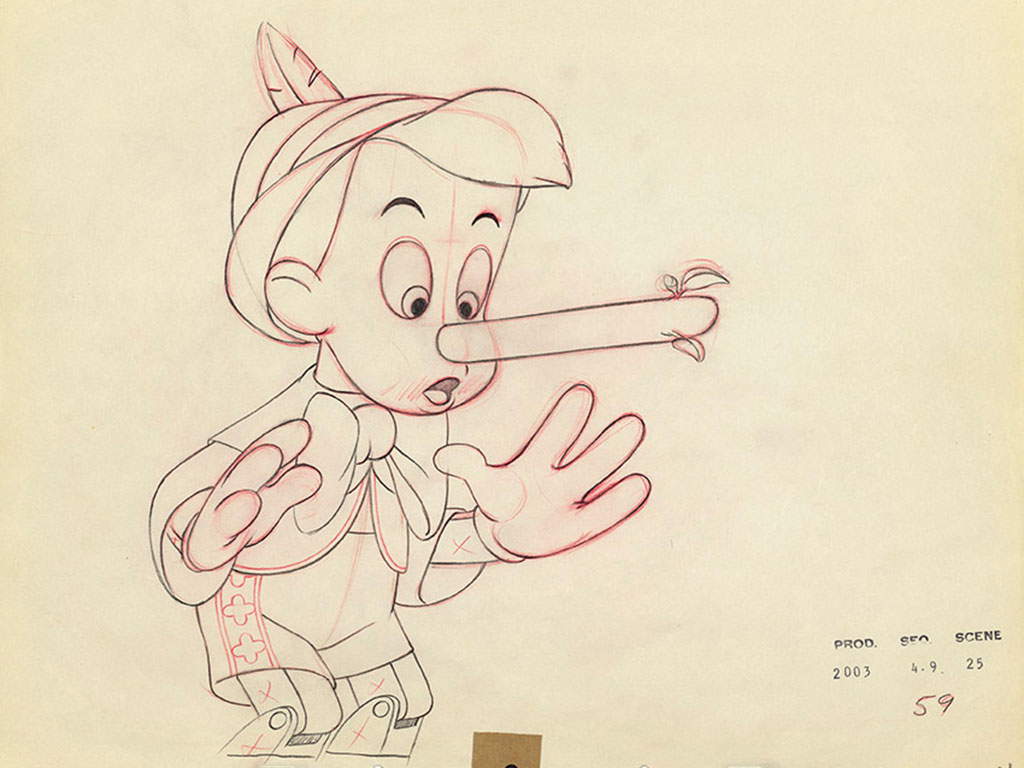 |
| Ollie Johnston, Pinocchio, Final Drawing for Lanimation (1940; Graphite and colored pencil on paper) |
The third key to the exhibition allows for a personal and experimental interpretation of the great and creative art of storytelling. The visitor is encouraged to become a storyteller himself and will be able to walk through the rooms of the exhibition not only as a passive spectator of content, but as a leading actor in it. In fact, the goal is to construct one’s own story, which will be composed into a small “booklet” to take home with one. Through interactive stations and a set-up that evokes the scenarios of the great Disney animated masterpieces, it will be the visit path itself that will provide the tools of the trade for every storyteller. Room after room, everyone will be able to experience the basic structural elements of bringing any narrative to life (setting, characters, narrative plot) to the point of experiencing the thrill of immersing themselves in the work of an animation artist through the same techniques as Disney Studios.
What’s more, with children in mind, on this occasion Mudec for the first time has conceived a true exhibition within the exhibition by making theeducational experience a part of the Disney exhibit. The larte of timeless storytelling. During the itinerary, children from 6 to 11 years old will in fact be invited to invent their own story guided by the suggestions they will be able to grasp in each interactive island, placed inside the rooms in the exhibition: in each section of the itinerary the child will be provided with the structural elements that, like bricks, constitute the foundations of a story. At the beginning of the path each child who wants to try his hand at it will be given along with a small pencil a booklet/notepad, to be composed during the visit. Starting with the famous incipit Once Upon a Time, the child will begin the journey within the basic structure of the story. In the first station the little storyteller will focus on the importance of the setting and the artistic techniques that can enhance it. In the second station we will focus on the indispensable characters that characterize every narrative: the protagonist, theantagonist and the helper. The third station, through an engaging story wheel, will give the child the elements that make up the narrative lossature on which the little one will build his or her story. Finally, in the last room, a station dedicated to the graphic composition of the cover will close the large storybook. Thanks to fun activities that come to life in front of the interactive stations, the little storytellers will build their own fable on their booklet, which, like a real matrix that can be reused countless times, will become their fantastic storytelling manual, to be used as often as they want to create a new story, and once at home, they can continue to play and deepen their experience in the exhibition using the cues from the booklet. Once children have completed their story, they can share it by sending it to latuastoria@mudec.it. The most imaginative ones will be posted on Mudec’s social media.
The exhibition is accompanied by a catalog published by 24 ORE Cultura and available for sale at the exhibition bookshop, in all bookstores and online.
 |
| Disney, an exhibition in Milan chronicling the creative process of great masterpieces |
Warning: the translation into English of the original Italian article was created using automatic tools. We undertake to review all articles, but we do not guarantee the total absence of inaccuracies in the translation due to the program. You can find the original by clicking on the ITA button. If you find any mistake,please contact us.